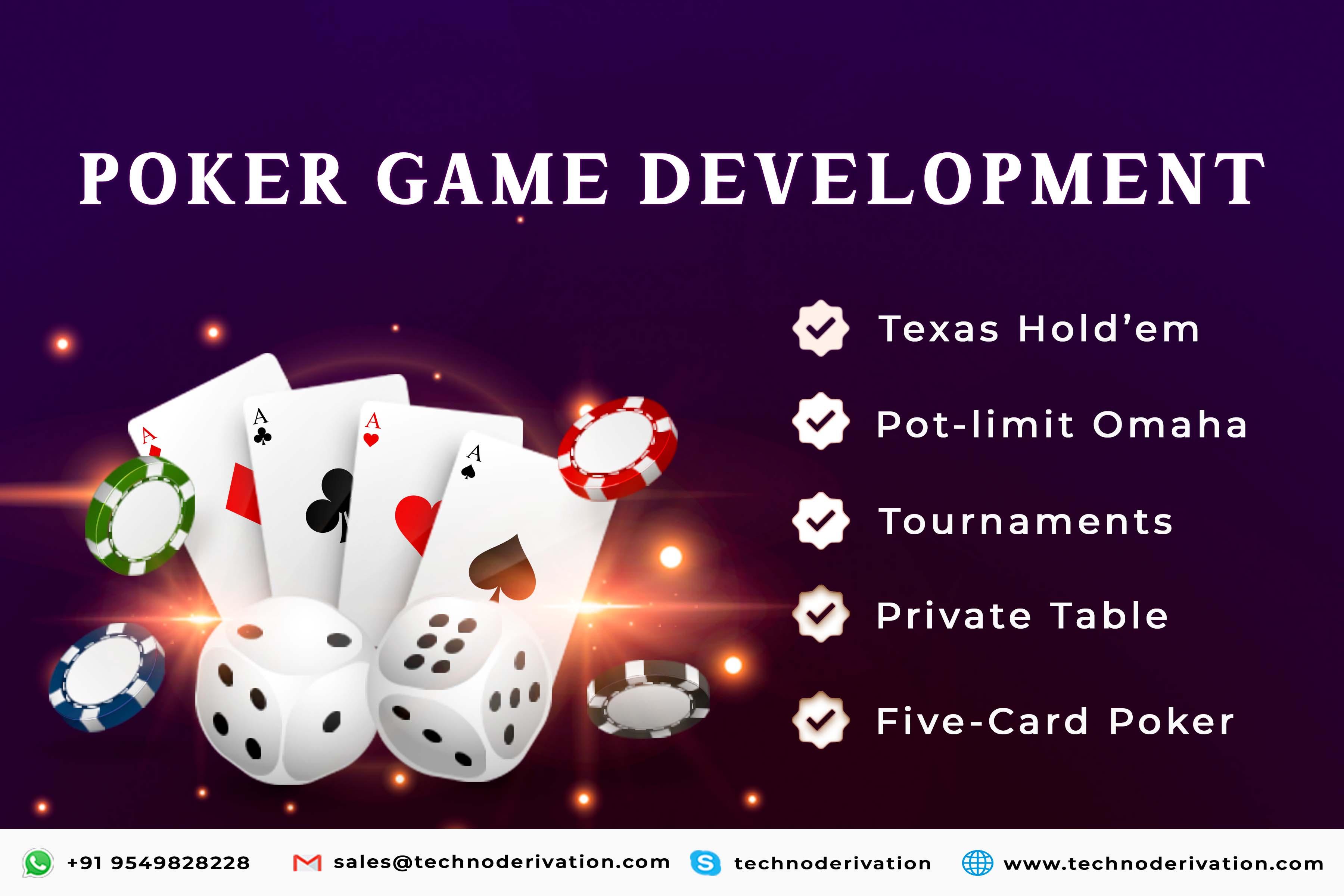In the realm of digital entertainment, few games have captivated audiences and stood the test of time like poker. From its humble beginnings as a card game played in saloons to its modern digital avatar, poker has undergone a remarkable transformation. This metamorphosis can largely be attributed to the relentless efforts of developers in the field of poker game development. In this article, we delve into the intricacies of poker game development, exploring its evolution, challenges, and future prospects.
Poker game development has witnessed a seismic shift with advancements in technology. The advent of online gaming platforms and mobile devices has propelled poker into the digital age, making it more accessible to a global audience. Developers have capitalized on this trend by creating immersive and engaging poker experiences that replicate the thrill of real-life gameplay.
One of the key challenges in poker game development is creating a robust and secure platform that ensures fair play and protects the integrity of the game. Developers employ sophisticated algorithms and encryption techniques to prevent cheating and collusion, thereby fostering a trustworthy gaming environment. Moreover, the implementation of random number generators (RNGs) ensures that card distribution is truly random, simulating the unpredictability of live poker.
Another aspect of poker game development that developers must contend with is user experience (UX) design. Crafting an intuitive and visually appealing interface is paramount to attracting and retaining players. From seamless navigation to customizable avatars, every aspect of the user interface is meticulously designed to enhance the player experience. Moreover, developers continuously iterate and refine their designs based on user feedback, ensuring that the game remains engaging and enjoyable.
In recent years, the rise of augmented reality (AR) and virtual reality (VR) technologies has opened up new possibilities for poker game development. These immersive technologies allow players to step into virtual poker rooms and interact with virtual opponents in real time. By leveraging AR and VR, developers can create lifelike simulations that blur the line between virtual and reality, offering players an unparalleled gaming experience.
The integration of social features is another key trend in poker game development. Developers recognize the importance of social interaction in poker, whether it's chatting with fellow players or sharing virtual gifts. By incorporating social features such as chat rooms and friend lists, developers foster a sense of community and camaraderie among players, enhancing the overall gaming experience.
Furthermore, poker game development is not limited to traditional formats such as Texas Hold'em and Omaha. Developers are constantly innovating and experimenting with new variants and game modes to keep players engaged. Whether it's fast-paced tournaments or innovative twist on classic rules, there's no shortage of creativity in the world of poker game development.
Looking ahead, the future of poker game development appears promising. As technology continues to advance, developers will have access to new tools and techniques that will further enhance the gaming experience. From artificial intelligence (AI) powered opponents to blockchain-based solutions for secure transactions, the possibilities are endless. Moreover, the growing popularity of esports presents new opportunities for poker game developers to tap into the competitive gaming market.
In conclusion, poker game development has come a long way since its inception. From its humble origins as a card game played in smoky saloons to its modern digital incarnation, poker has evolved into a global phenomenon. Developers have played a pivotal role in this transformation, pushing the boundaries of innovation and creativity to create immersive and engaging gaming experiences. As we look to the future, one thing is certain: the journey of poker game development is far from over, and the best is yet to come.
